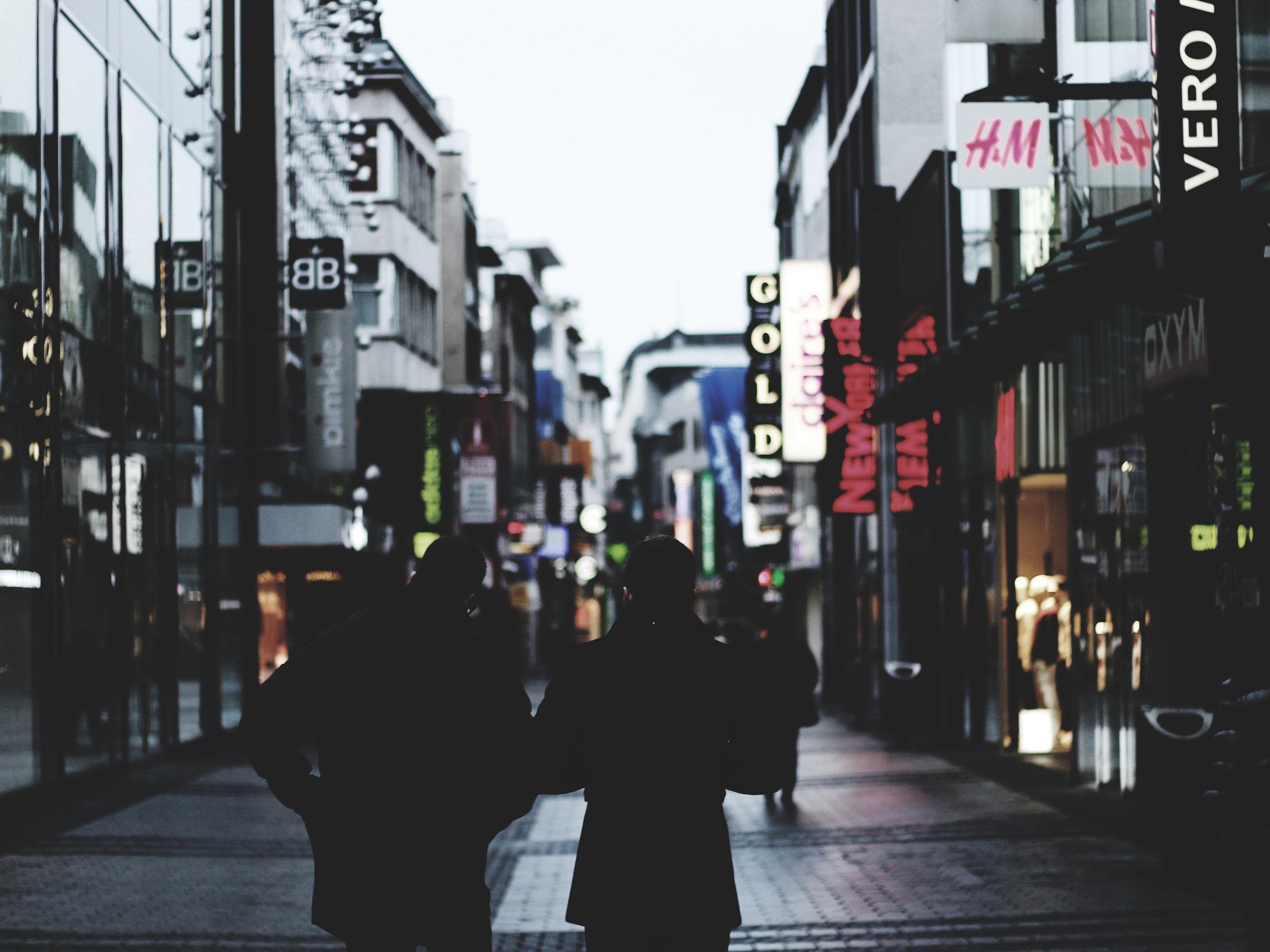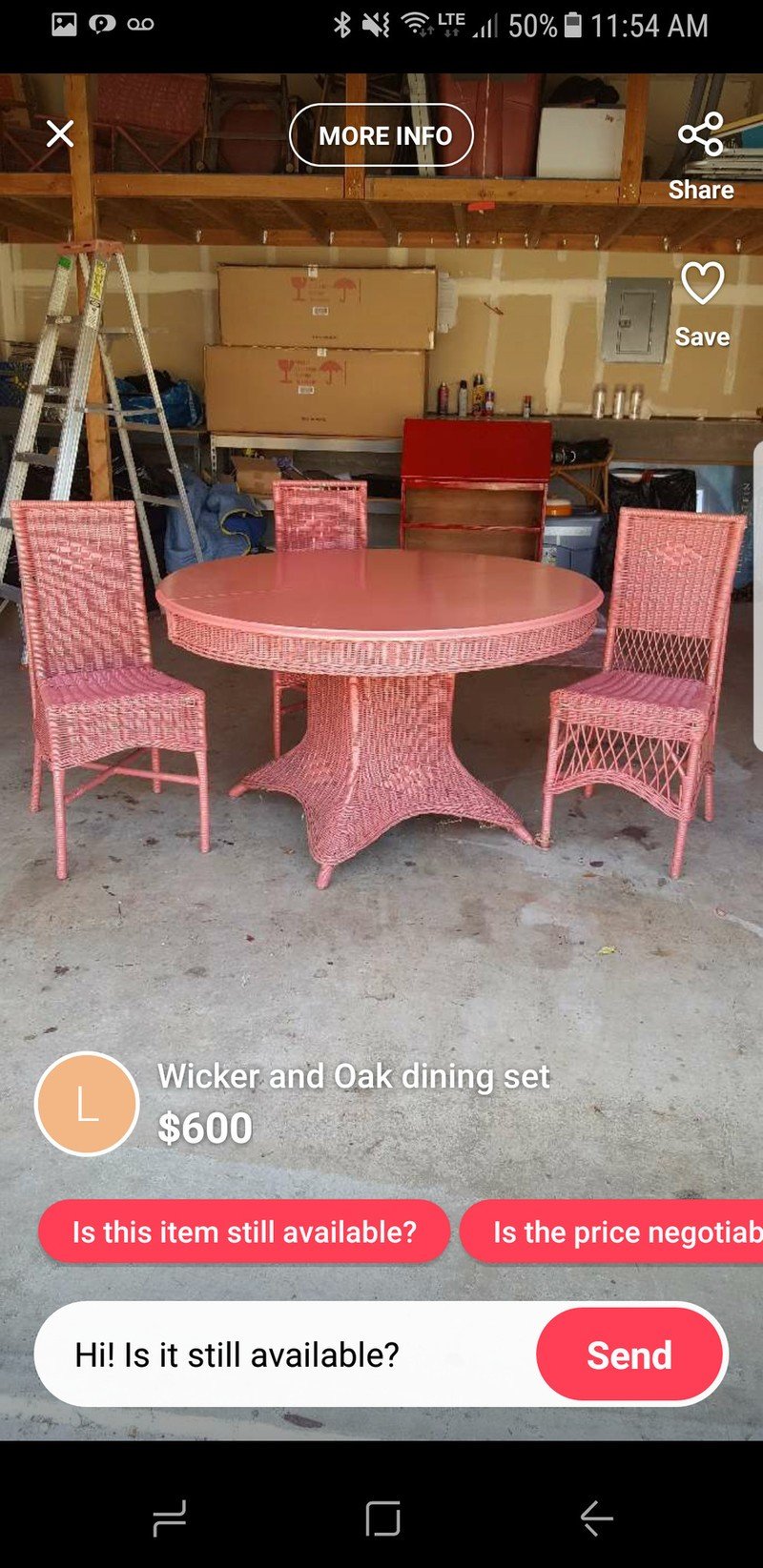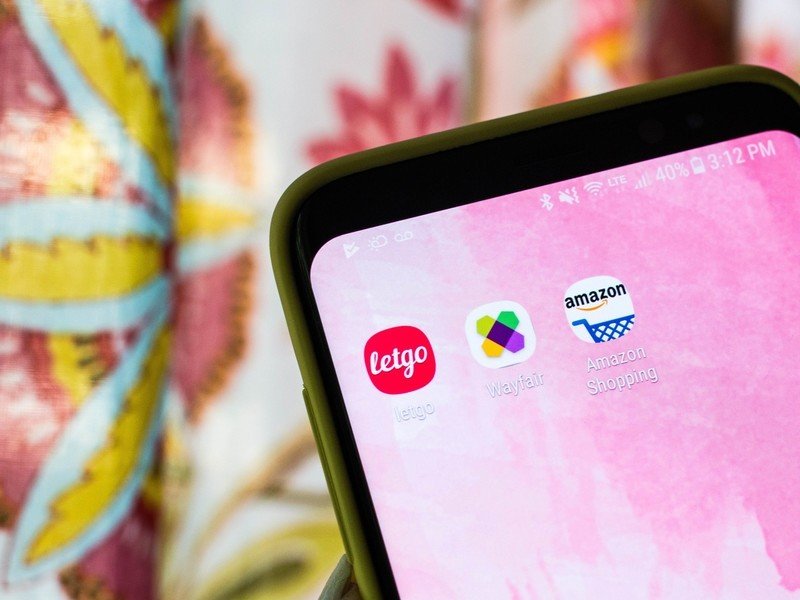Smartphones are helping kill the mall

Have you heard? America's mega shopping malls are on the decline. The latest figures reveal that about one-fourth of the malls-of-yore left in the country will go the way of the Dodo within the next five years. But is anyone surprised? With the proliferation of so many at-your-door delivery services and online shopping rates at their highest, it appears that the modern way to window shop is with your smartphone.
Granted, there actually are a host of other reasons why shopping malls are no longer a Great American Staple, including the fact that many retailers have simply ceased operations. But I still can't help but wonder if the reason fewer people make it to the store is that there is simply no need when everything can be accessed at the push of a button.
You don't even have to talk to anyone

I'm so anxious to get started on remodeling, that I've taken to spending my evenings on the Galaxy Tab S3 looking for furniture in the Wayfair app, and "trying it on" in my living room with the included silly camera effect. It's easier than driving across town to the nearest furniture outlet to look at what's on display or having to endure IKEA, and I can do this all from the comfort of my home without the pressure of a salesperson breathing down my neck to buy something.
I'm not just looking at new furniture though — I'm open to bringing in a second-hand piece through Letgo if it's something that might match my decor. I haven't had much success with the app yet, but I like the idea of being able to buy and sell used items without the prevailing creepiness of a service like Craigslist. I want to see what the item is that I'm buying before I bother leaving the house, and I want that person to be traceable. I'm also considering using Letgo to put up a love seat for sale since all it requires is snapping a photo with my Pixel XL to post it in the virtual classifieds.
There are, of course, already a number of very popular, robust shopping apps that we've become accustomed to using, including Amazon, eBay, and Overstock. We also have other apps making their way to the top of the shopping charts — new virtual storefronts if you will — with an attempt at coercing us toward new shopping habits. Why bother thrifting, for instance, if you can search for a used designer threads through an app like threadUP without leaving your couch? And who needs the expertise of a shopping assistant at Nordstrom when Polyvore offers the ability to piece together entire outfits and find the best deals, without the obvious attempt at an upsell?

One thing's for sure: the ability to procure stuff has become easier than ever.
Shopping apps aren't perfect, and there are plenty of reasons why you shouldn't just download any app that pops up in the Google Play Store. Many also don't offer any help when it comes to visualizing how the tangible thing looks in your world, so it's likely that until the idea of shopping with augmented reality becomes a mainstream habit, brick and mortar stores will have to exist to cater to a particular shopper. I could also see retail storefronts becoming the next "collector's items," or so to speak, the way that books have. Sure, you can read the text with your mobile device, but if you want something that's special, you can pay a bit extra for the collector's edition and display it in your home. In this way, I imagine that visiting a retail store will one day be reserved special occasions, which is the way my personal shopping habits have slowly morphed.
One thing's for sure: the ability to procure stuff has become easier than ever. We're literally carrying online bazaars in our pockets with access to the biggest and best storefronts that exist. Our next challenge, as consumers, is to choose the ones worth keeping around. Perhaps rather than continuing on our path of rampant consumerism, we scale it back a bit and refocus on supporting quality brands that aren't just hawking light-up fidget spinners.
Be an expert in 5 minutes
Get the latest news from Android Central, your trusted companion in the world of Android
Lead image from unsplash.com by way of Pexels.
Florence Ion was formerly an editor and columnist at Android Central. She writes about Android-powered devices of all types and explores their usefulness in her everyday life. You can follow her on Twitter or watch her Tuesday nights on All About Android.

